If your house is equipped with such a device as pictured, you have probably noticed it plumbed in above or beside your water heater but may have no idea what it is for. If so you’re not alone. It’s not exactly the rock star of the plumbing world and doesn’t get much attention. So let’s dig in and expand your knowledge, about (drum roll)… expansion tanks!
Yes, an expansion tank is what you are looking at. They can be readily identified by their small size, proximity to, and plumbing connection near the water heater. The function of an expansion tank is to absorb thermal expansion or increased volume of water as it is heated by your water heater. By absorbing this thermally expanded water it prevents excessive pressure from building in your water distribution system. If water pressure were to rise unchecked or unrelieved, it has the potential to damage any component in the system, leading to leaks or failure of fixtures and equipment.
If you have been around multiple types of properties, you may notice that some have expansion tanks installed while others do not. Weather it is required or not is up to local authorities. Usually it is required when the household plumbing is a “closed loop system” as are most modern systems. Closed loop systems have some means of back-flow prevention such as a check valve or pressure reducing valve installed. Water then cannot return through that point of entry back into the system or point of origin and thereby is not able to dissipate accumulating pressure. Systems that are not closed loop or having no means of back-flow prevention, would not require an expansion tank as mounting pressure would naturally be dispelled back towards the source, thereby alleviating any pressure build-up.
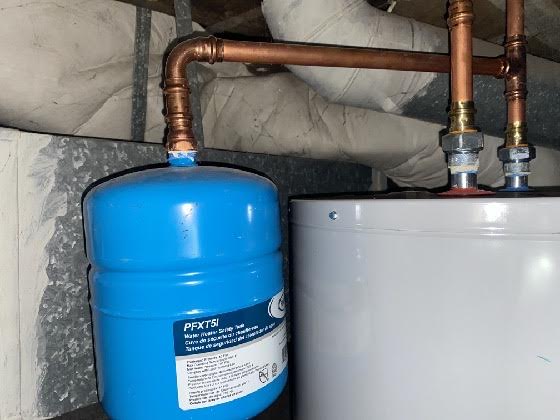
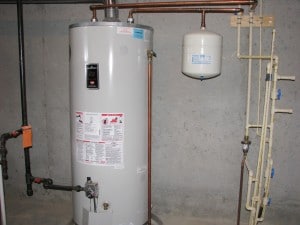
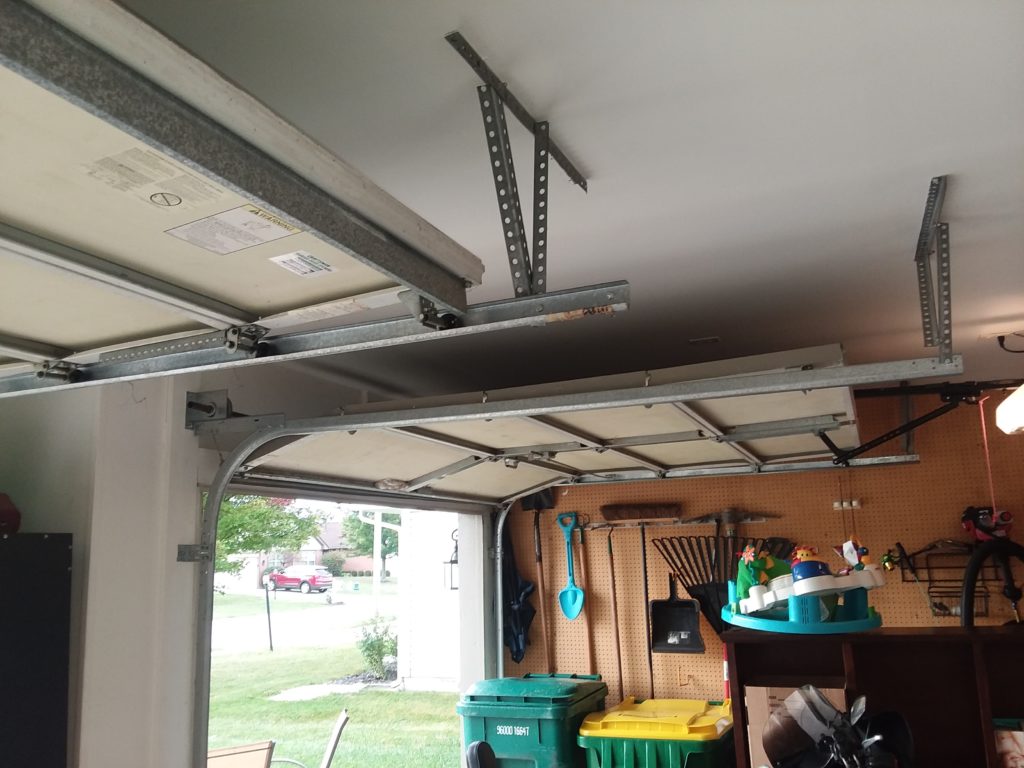
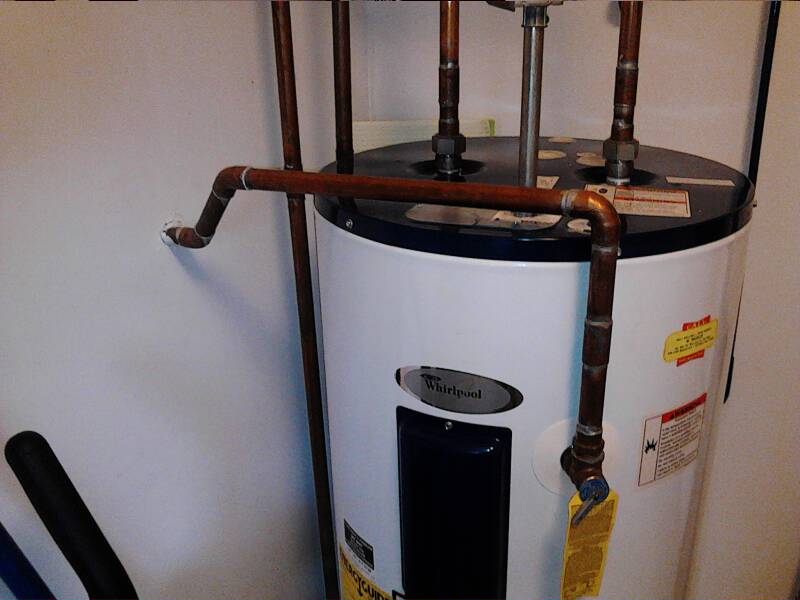
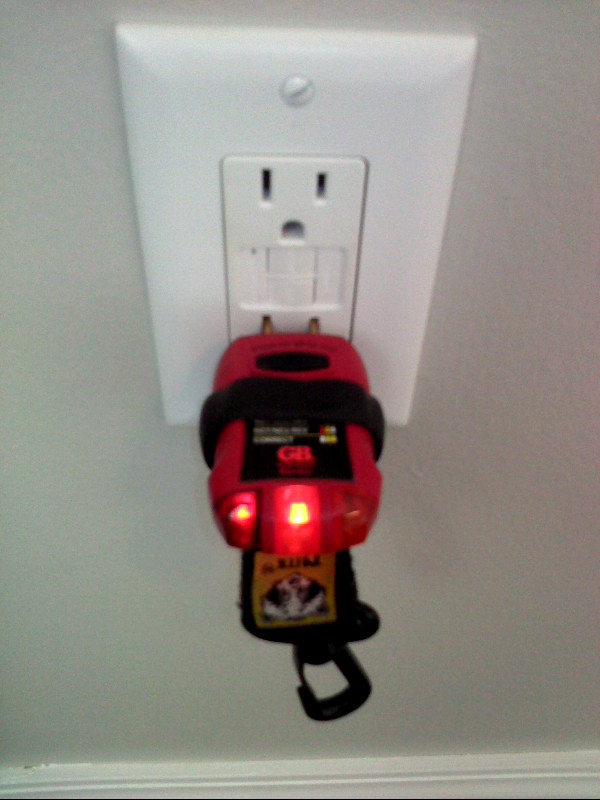
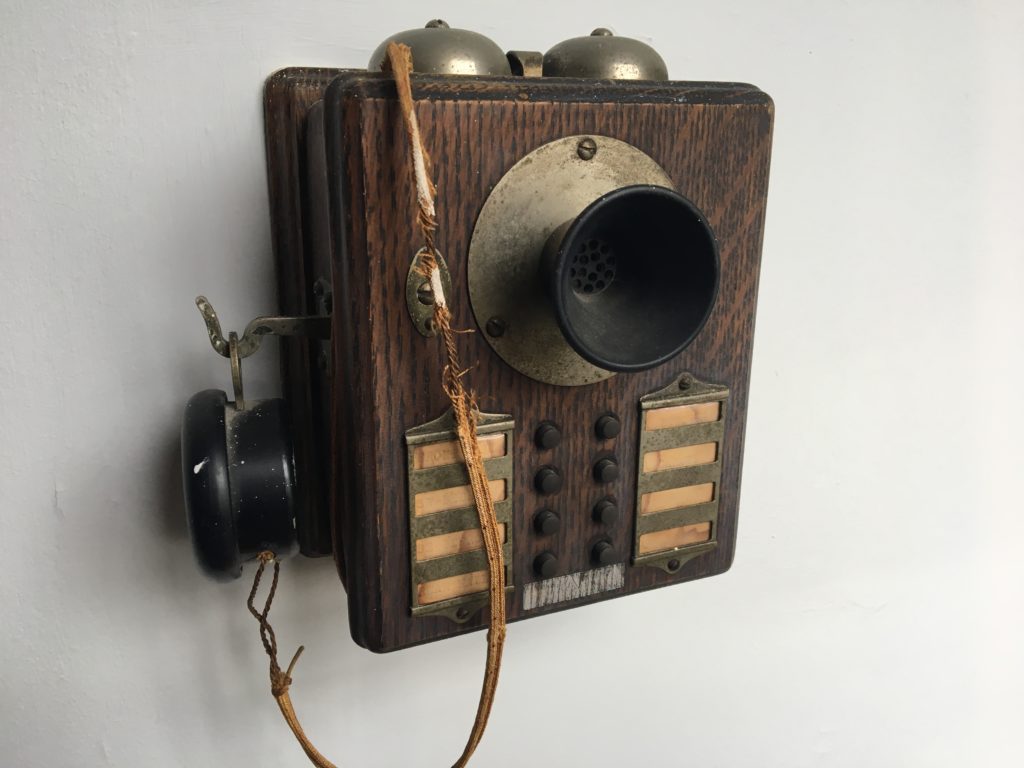




Leave a Reply